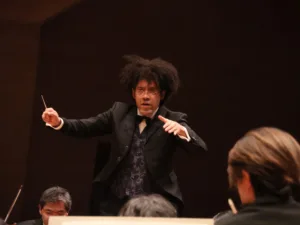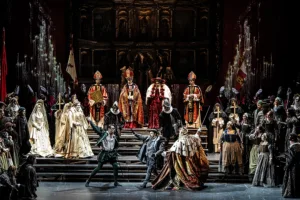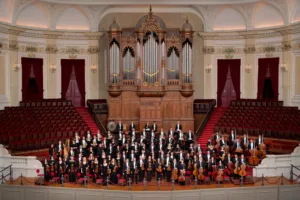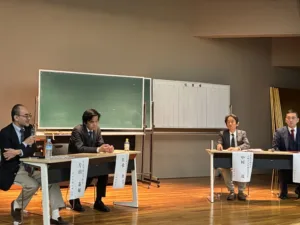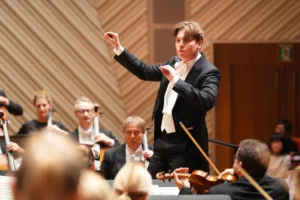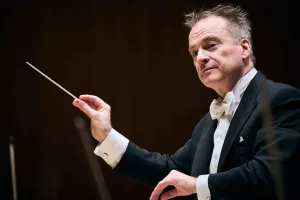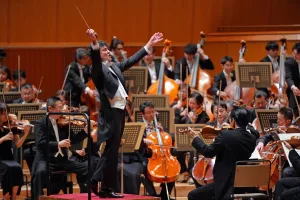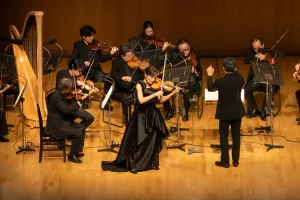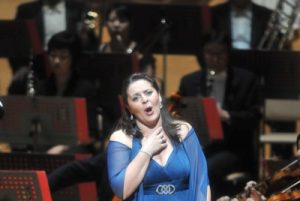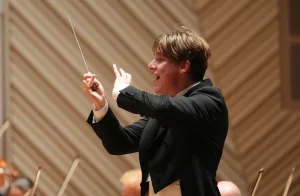Breathing New Life into Tradition—Jurowski × Berlin Radio Symphony Orchestra: Clear Construction and Passionate Sound
By Kyosuke Hasegawa
While imbued with the dark sound of German tradition, each voice part stands out clearly, weaving music that combines construction and passion — that is the current image of the Berlin Radio Symphony Orchestra under Jurowski. From Beethoven to Chopin and Brahms, this characteristic was consistently demonstrated.
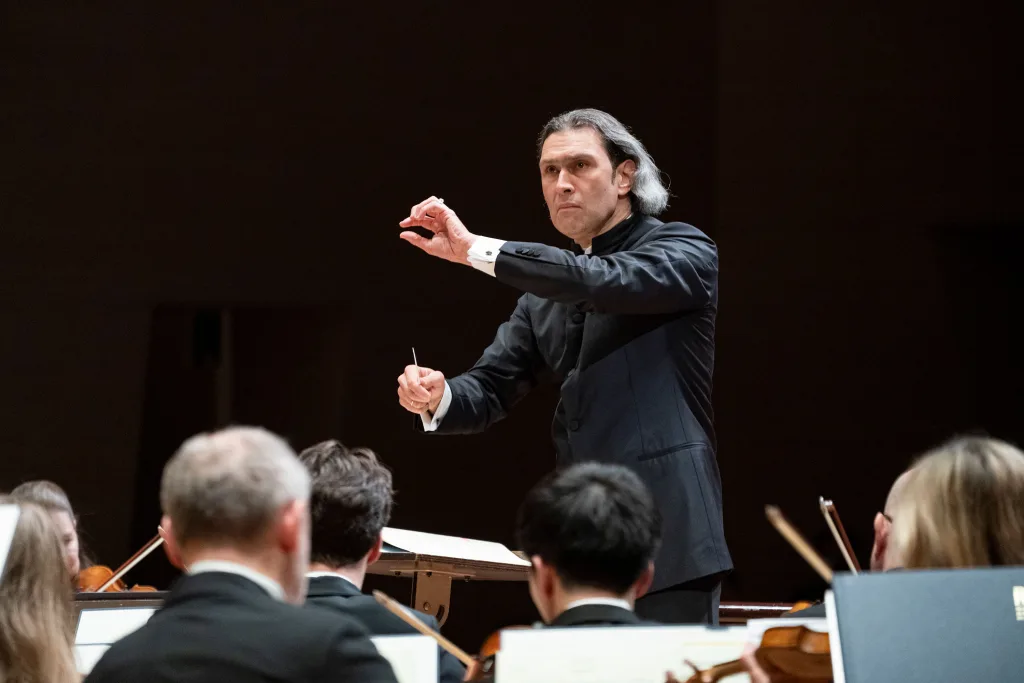
The opening Beethoven: Egmont Overture, the hard and clear violin, the richly shaded viola and cello, the heavy double bass, the dull and soft woodwinds, and the sharp brass come together to create a layered sound full of tension. In the final section, Jurowski crescendos from pianissimo, leading the triumphal theme to a glorious climax with a magnificent momentum.
In the following Chopin: Piano Concerto No. 2, Nobuyuki Tsujii sings the melody with a clear, pure tone like delicate glasswork. In the second movement, the dreamy, sweet theme is decorated with trills and ornaments, creating a sound reminiscent of a heavenly world. Jurowski and the Berlin Radio Symphony Orchestra worked in sync with Tsujii as if they were empathizing with an opera singer, carefully supporting the melody. The orchestra’s delicate, rich tone blended beautifully with Chopin’s romanticism.
In response to the endless applause, Tsujii performed two Chopin pieces as an encore. In Nocturne No. 20 in C sharp minor “Posthumous”, he showed a pure and innocent expression reminiscent of Mozart, and in Etude Op. 10-4, his gorgeous technique shone through.
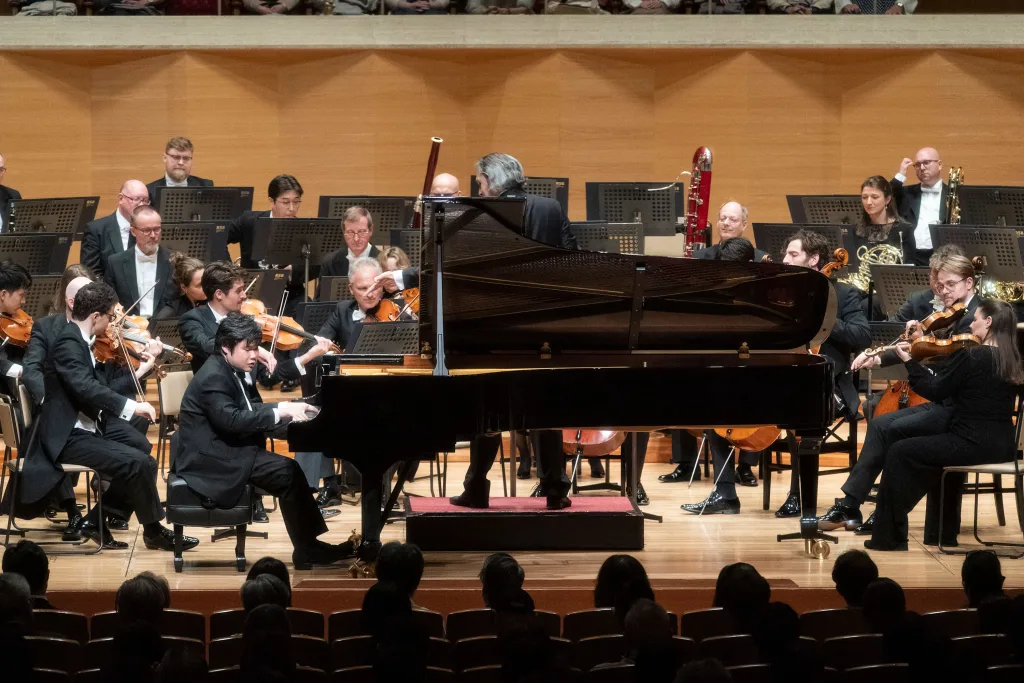
In the second half’s Brahms: Symphony No. 4, perhaps due to fatigue from three consecutive days of performances, the beginning of the first movement was a little lackluster, but after the recapitulation, he tightened the tempo, kept the composition clear, and showed a dignified conclusion in the coda. In the second movement, the pizzicato of the strings and the soft ensemble of the woodwinds touched the heart, and the beautiful contrast between the cello and violin in the second theme and the thick sound in the recapitulation were impressive. The third movement was developed as a spirited scherzo with sharpness.
In the Passacaglia of the fourth movement, tension is already building from the moment the theme is presented, and the music’s momentum and urgency increase as the variations progress. There is so much to listen to, from the fullness of the strings in Variations 4 to 7, the loneliness of the flute in Variation 12, the elegance of the horn in Variation 18, and the heavy presence of the trombone in Variation 20. The performance ended with a dramatic arch, with even more power at the end.

Two encores followed, showing no signs of fatigue. Bach’s Air on the G String had an exquisite sound from the viola supporting the inner voices, and Brahms’ Hungarian Dance No. 1 was full of vitality.
Jurowski is breathing new life into the traditional sounds of the Berlin Radio Symphony Orchestra, which will celebrate its 100th anniversary in 2023.
Performance Data
Vladimir Jurowski conducting The Berlin Radio Symphony Orchestra Tokyo Performance
May 12th (Mon) 19:00 Suntory Hall, Main Hall
Conductor: Vladimir Jurowski
Piano: Nobuyuki Tsujii
Orchestra: Berlin Radio Symphony Orchestra
Program
Beethoven: Egmont Overture
Chopin: Piano Concerto No. 2
Brahms: Symphony No. 4
Soloist encore
Chopin: Nocturne No. 20 in C sharp minor “Posthumous”
Chopin: Etude Op. 10, No. 4
Orchestral encore
J.S. Bach: Air on the G String
Brahms: Hungarian Dance No. 1
